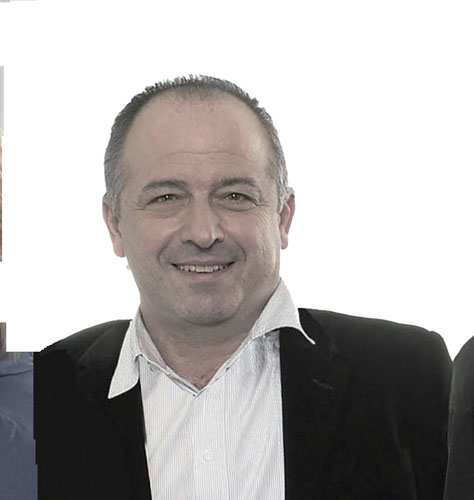Safeguard the value of design
Pay more attention to your clent’s brief if you want the freedom to come up with a creative solution, says Nir Wegrzyn
The fallacy is this – big clients stifle creativity and if consultancies want to be creative they need to work with small, creative clients that allow them a free hand. This is not the case.
The assumption that consultancies fall neatly into boxes of ‘small boutique’ and therefore creative, versus ‘large strategic’ and less creative is also incorrect.
The reality is that consultancies exist only because clients need them. In this age of mergers and acquisitions – where the big fish eat the minnows – consultancies, regardless of their size, need to find a way of working creatively with both large and small clients. Big business problems should not be perceived as a barrier to great creativity, they only make the creative process more challenging. And while smaller, less risk-averse clients may on the surface appear to present the greater creative opportunity, inevitably they will present challenges of another nature.
It is true that big client monoliths can be difficult to work with; their layers of authority, ever-varying requirements, different levels of opinion and approval can at best frustrate and lead to time and cost pressures, and at worst, compromise the creative solution. But it is these conflicts, imbalances and contradictions that form the best foundations for creativity. And it is these clients that need and support our industry and we must understand their pressures in order to service them effectively.
All clients need creativity – supported by a robust strategy. They expect their designers, quite rightly, to listen to their business issues and translate them in a way that resonates with their consumers.
Let’s not overlook the fact that there are consultancies prepared to go out on a limb and be creative for their own sake. In so doing, they bypass the issues that really matter to marketers and it becomes an impossible task to justify how their designs will perform in the commercial world.
When consultancies don’t listen and fail to understand the key client issues, or simply focus purely on creativity in isolation, it should be no surprise that the partnership flounders between both parties, that trust is lost and that prescriptive briefs will follow.
Consider this: not that long ago, clients walked into creative consultancies with high expectations and were inspired. Now they walk in with a tight brief and come to the creative presentation with a sharp pencil to tick boxes. What happened?
Have clients started to manage the creative process because consultancies have lost the ability to articulate ideas in a way that resonates with them? Or do they behave like this because consultancies now focus on their security and profit instead of delivering great creativity?
What makes a design group creative is the way in which it develops creativity – not the clients it works with. Consultancies cannot create their fortunes by boring their clients to death, submitting them to infinite amounts of psychology and creating confusion between strategy and execution. At the same time, it is not simply a matter of beautiful pictures. Creatives need to know what they are doing and why they are doing it and articulate this in a way that clients understand.
Creativity is not a mysterious art, attainable by the very few – it is a demanding profession requiring a joint effort by many specialists, from the account manager through to the strategist, the designer and the creative director. As an industry we must be able to communicate the value of design in order to elevate it and avoid marginalisation, whether we are working with big or small organisations. Most of the best creativity starts with an ability to listen in a creative way, shifting the design group away from a rational, consumer-led response to an open-minded approach that allows the unexpected to arise out of uncertainties.
TAILOR YOUR CREATIVITY TO EACH CLIENT
• Not that long ago, clients walked into creative consultancies with expectations and were inspired. Now they walk in with a sharp pencil and tick boxes. What happened?
• Creativity is not a mysterious art attainable by the very few – it is a demanding profession, requiring a joint effort by many specialists
• As an industry we must be able to communicate the value of design in order to elevate it and avoid marginalisation
• Great creativity starts with an ability to listen in a creative way – shifting from a rational, consumer-led response to an open-minded approach that allows the unexpected to arise out of uncertainties

Nir Wegrzyn is managing partner of Brandopus
-
Post a comment




